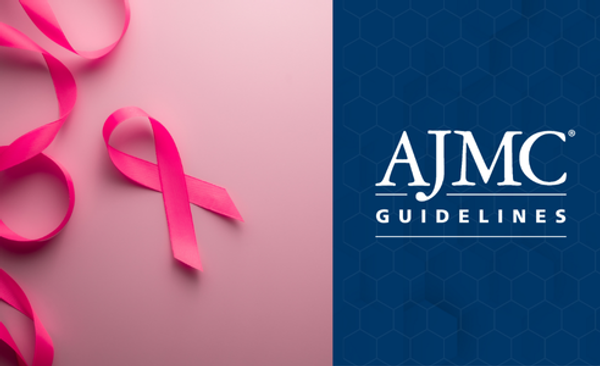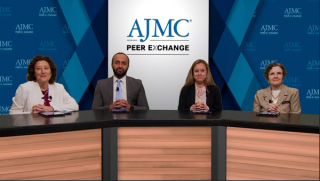
Breast Cancer
Latest News

Latest Videos

CME Content
More News

The USPSTF lowered the recommended starting age for mammograms from 50 to 40 years, citing moderate benefits for early detection in this age group. Disparities persist, especially for Black women, highlighting the need for improved access to health care and social support.

The recent FDA approval of Hercessi expands access to a treatment previously burdened by high costs. Hercessi joins the 5 other biosimilars already on the market.

Melatonin showed no benefit for cancer-related fatigue or other symptoms in women with early-stage breast cancer receiving radiotherapy treatment.
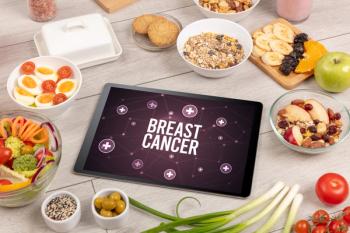
Macro-Mediterranean diets for patients with high-risk breast cancer recurrence found no overall reduction, but women who adhered more closely to the diet showed potential benefit.

Young breast cancer survivors without a specific genetic mutation have a lower risk of developing second primary breast cancer within 10 years of diagnosis.

While mammograms are crucial for early detection of breast cancer and can save lives, social determinants of health and health-related social needs create barriers to access, especially for those with financial hardship, lack of transportation, or social isolation.
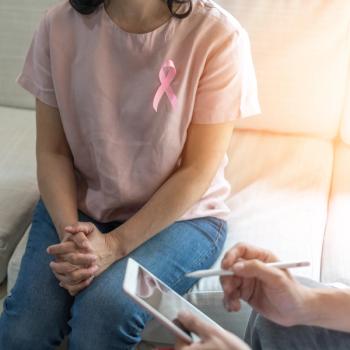
A recent study found a minor link between prolactin levels and the risk of developing estrogen receptor (ER)-positive or ER-negative breast cancers. However, there was no association found between the use of selective serotonin reuptake inhibitors (SSRIs) and breast cancer risk.
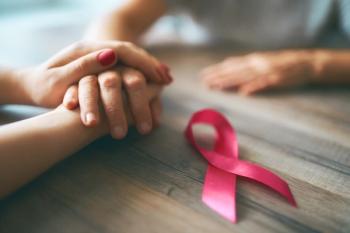
Breast cancer survivors face a complex landscape of challenges including lingering symptoms, anxieties about the future, identity shifts, and potential social isolation. However, the study identifies personal growth fostered by the experience, further underscoring the critical role of social support and open communication with health care providers in navigating this journey.

While offering advantages like faster recovery and high patient satisfaction, cryoablation for the treatment of early-stage breast cancer is still under investigation for effectiveness and requires further research for wider adoption.
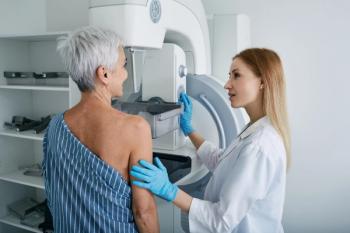
Older adults with advanced breast cancer need personalized treatment plans considering fitness, preferences, and potential limitations for optimal outcomes and quality of life.

A large-scale study suggests increased light at night exposure is linked to a higher risk of breast cancer, particularly in Asian populations and women with estrogen receptor-positive tumors (ER+).

Early research suggests ozone therapy may fight breast cancer cells and lessen adverse effects for patients undergoing treatment, but more research is necessary.

A study of patients diagnosed with early breast cancer during the COVID-19 pandemic found that the public health crisis did not produce significant changes in or delays treatment, despite many women presenting with palpable tumors.

Multigene assays allow for patients to receive personalized breast cancer treatment by identifying promising therapeutic targets, which could improve patient clinical outcomes in the long term and help providers better understand tumor biology.

Sisters of women with high breast cancer risk share similar risk factors, including high polygenic scores, benign breast disease history, and denser breast tissue.

Douglas K. Marks, MD, is a breast medical oncologist and director of the Clinical Trials Office, Perlmutter Cancer Center, NYU Langone Hospital—Long Island, as well as associate professor in the Department of Medicine at NYU Grossman Long Island School of Medicine. As a phase 1 clinical trialist, he sees both patients with breast cancer and those who are looking to receive innovative treatments for their early-stage disease.

Swedish women with prior false-positive mammograms, particularly those aged 60 to 75 with prior biopsies and low density, show elevated breast cancer risk, necessitating closer monitoring and better screening.
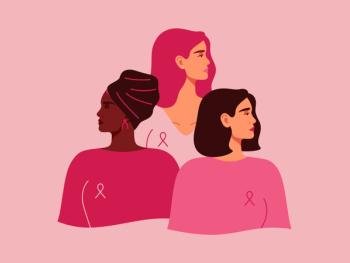
Non-Caucasian patients with breast cancer face common influences in surgical decision-making due to fear, misinformation, cultural factors, and power dynamics, highlighting the need for patient-centered surgical decision-making.

Research suggests moderate to vigorous physical activity may help improve cognitive function in breast cancer survivors who have undergone chemotherapy and developed cancer-related cognitive impairment (CRCI).
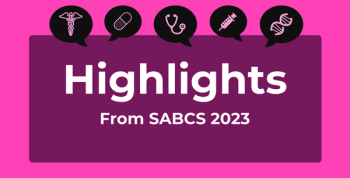
This year’s top content from the annual San Antonino Breast Cancer Symposium (SABCS) is concentrated in 3 areas: health equity, benign breast disease, and fertility preservation following diagnosis.

The 5-year event-free survival EFS) rate was 81.3% with neoadjuvant pembrolizumab/chemotherapy followed by adjuvant pembrolizumab compared with 72.3% in those who received placebo/chemotherapy plus placebo.
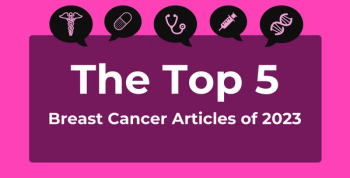
In breast cancer coverage this year, topline results from the phase 3 NATALEE trial made waves in March, with our other most-read content in the space covering an expanded indication for abemaciclib, revised screening recommendations, a new potential treatment to reduce radiation exposure, and the benefits of diet and exercise on patient outcomes.

A combination of KN026, a novel bispecific antibody, and docetaxel elicited responses with an acceptable toxicity profile when administered as neoadjuvant treatment in patients with HER2-positive (HER2+) early or locally advanced breast cancer.
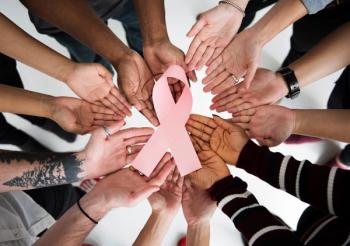
These findings suggest that addressing socioeconomic disparities and inequities that impact access to health care and services may help improve survival outcomes across racial/ethnic groups of male patients with early breast cancer.
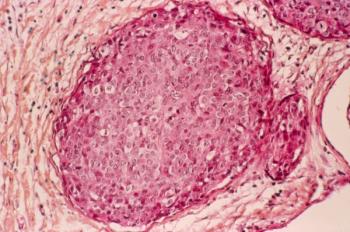
Trastuzumab administered subcutaneously delivered unique immunomodulation effects vs intravenous trastuzumab in patients with treatment-naïve HER2-positive (HER2+) breast cancer






